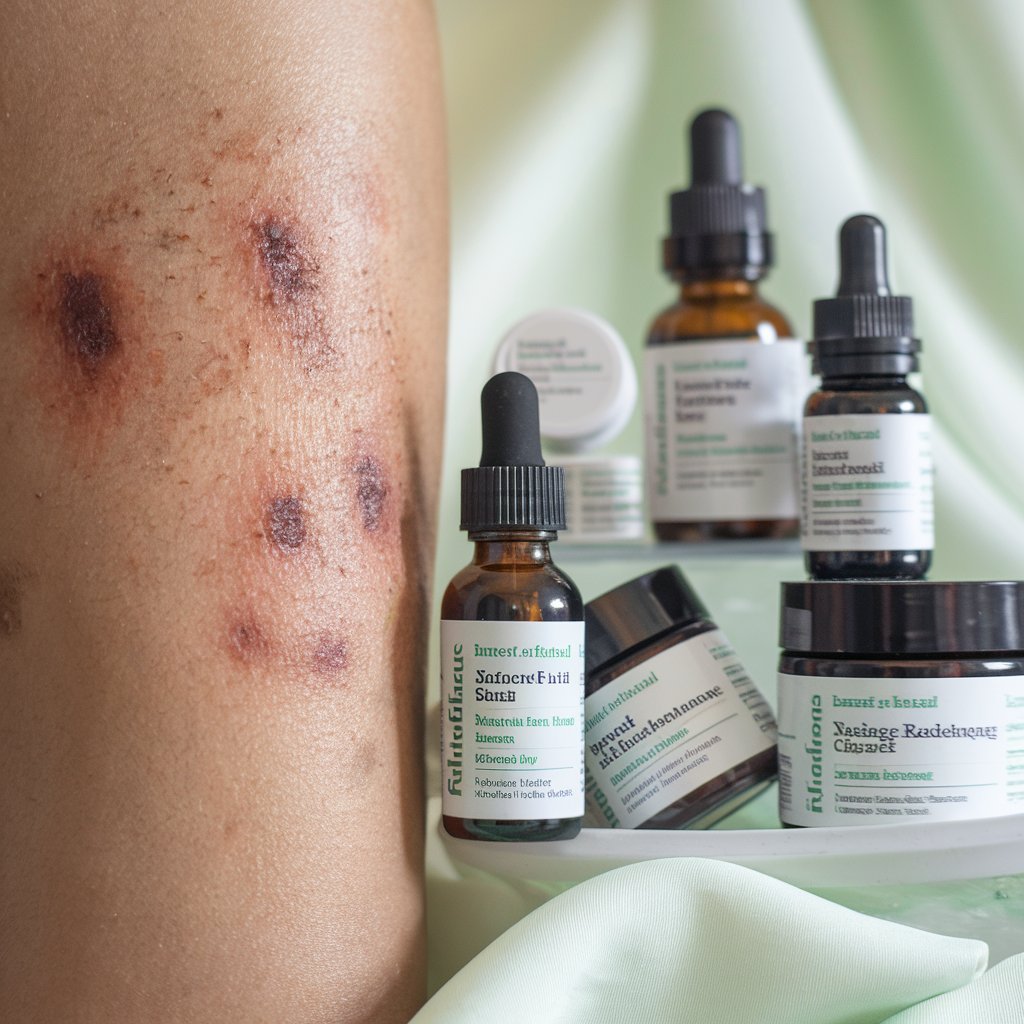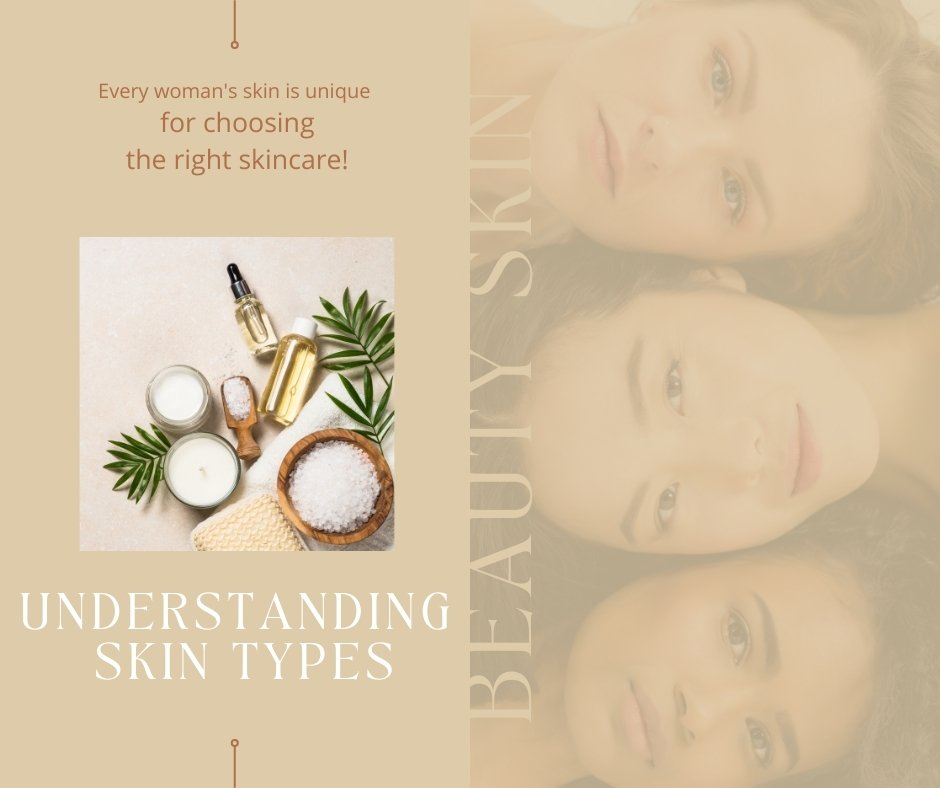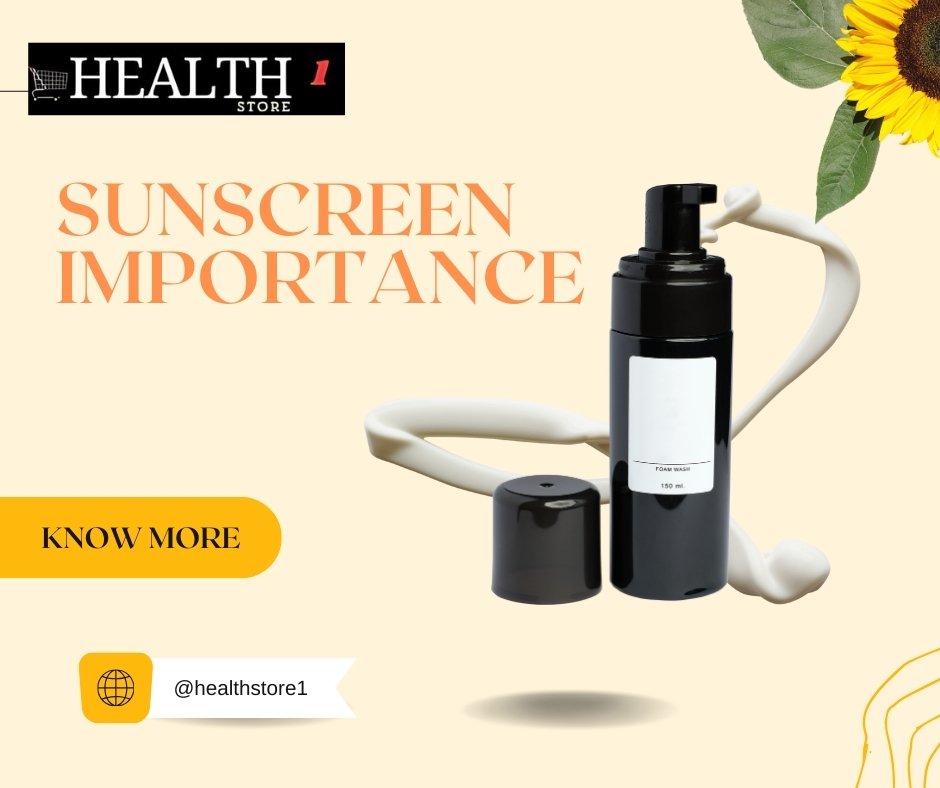Introduction
Have you ever looked in the mirror and noticed dark spots or patches on your skin that seem to linger long after an injury or inflammation has healed? If so, you’re not alone. Post-inflammatory hyperpigmentation (PIH) affects many individuals, particularly those with darker skin tones, and can be a source of frustration and self-consciousness. Understanding what causes these stubborn marks is crucial for anyone seeking to regain their skin’s natural radiance.
In this blog post, we will explore the ins and outs of post-inflammatory hyperpigmentation (PIH)— from its definition and causes to effective prevention strategies and treatment options. You might wonder, “What can I do to prevent these spots?” or “Are there treatments that work?” We’ll answer these questions and more, providing you with actionable insights to help you manage and reduce the appearance of PIH.
By the end of this article, you’ll not only grasp the science behind post-inflammatory hyperpigmentation but also discover practical steps to take control of your skin health. So, if you’re ready to embark on a journey toward clearer skin, let’s dive into the world of PIH together!
Table of Contents
Overview of Post-Inflammatory Hyperpigmentation
Post-inflammatory hyperpigmentation (PIH) is a common skin condition that can leave many feeling frustrated and self-conscious. But what exactly is it? Simply put, PIH occurs when dark spots or patches develop on the skin following an inflammatory event, such as acne, eczema, or even minor injuries. These spots can vary in color, often appearing as shades of brown, black, or even red, depending on your skin tone and the severity of the inflammation.
What Causes Post-Inflammatory Hyperpigmentation?
Understanding the causes of PIH is essential for anyone looking to prevent or treat it effectively. Here are some key factors that contribute to the development of this condition:
- Inflammation: When your skin experiences trauma—whether from acne breakouts, allergic reactions, or other irritations—it can trigger an inflammatory response. This process often leads to an overproduction of melanin, the pigment responsible for your skin color.
- Skin Type: Individuals with darker skin tones are more prone to developing PIH due to higher melanin levels. If you have a rich complexion, you may find that your skin reacts more intensely to inflammation.
- Sun Exposure: Did you know that UV rays can exacerbate existing hyperpigmentation? Sun exposure can darken these spots and make them more noticeable, which is why sun protection is crucial for anyone dealing with PIH.
Identifying Post-Inflammatory Hyperpigmentation
Recognizing PIH is the first step toward managing it. Here are some characteristics to help you identify whether those pesky spots are indeed post-inflammatory hyperpigmentation:
- Timing: PIH typically appears weeks to months after the initial inflammation has resolved. If you notice new dark spots forming long after a breakout or injury, it might be PIH.
- Color Variation: The color of PIH can range from light brown to deep black, often contrasting with your natural skin tone. This variation can make them particularly noticeable.
- Location: Common areas affected by PIH include the face, neck, and any other regions where inflammation has occurred. If you have a history of acne on your cheeks or forehead, for example, those areas may be more susceptible.
The Emotional Impact of PIH
Living with post-inflammatory hyperpigmentation can take a toll on your self-esteem. Many individuals find themselves feeling self-conscious about their appearance, which can lead to anxiety and frustration. Have you ever avoided social situations or felt compelled to cover up your skin? You’re not alone in this experience.
Understanding that PIH is a common condition can help alleviate some of that emotional burden. It’s important to remember that while these spots may take time to fade, effective treatments and preventive measures are available.
Who is Affected by Post-Inflammatory Hyperpigmentation
Post-inflammatory hyperpigmentation (PIH) doesn’t discriminate; it can affect anyone, but certain groups may be more susceptible than others. Understanding who is most affected can help you better navigate your own experiences with this condition. So, let’s dive into the demographics and psychological impacts of PIH.
Demographics of Post-Inflammatory Hyperpigmentation
- Skin Type Matters:
One of the most significant factors influencing the likelihood of developing PIH is skin type. Individuals with darker skin tones, particularly those with Fitzpatrick skin types IV to VI, are at a higher risk. This is due to the increased melanin production in response to inflammation. If you have a rich complexion, it’s essential to be aware of how your skin reacts to injuries or acne. - Age and Gender:
While PIH can affect people of all ages, it’s often more prevalent in young adults who experience acne breakouts. Interestingly, studies suggest that women may be more likely to develop PIH than men, possibly due to hormonal fluctuations and varying skincare routines. - Ethnic Background:
Certain ethnic groups are more prone to PIH due to genetic predispositions. For instance, individuals of African, Asian, and Hispanic descent often report higher instances of hyperpigmentation following skin trauma. If you belong to one of these groups, understanding your risk can empower you to take preventive measures.
Psychological Effects of Post-Inflammatory Hyperpigmentation
Have you ever felt self-conscious about your skin? You’re not alone. The emotional toll of living with post-inflammatory hyperpigmentation can be significant. Here are some ways PIH can impact mental well-being:
- Self-Esteem Issues: Many individuals find that visible dark spots can lead to feelings of inadequacy or embarrassment. This is especially true in cultures where clear skin is often associated with beauty and health.
- Social Withdrawal: Some people may avoid social situations or limit their interactions due to concerns about their appearance. Have you ever skipped a gathering because you didn’t feel confident in your skin? It’s a common experience for those dealing with PIH.
- Anxiety and Stress: The ongoing battle with hyperpigmentation can lead to anxiety about skincare routines and treatment efficacy. This stress can further complicate one’s relationship with their skin.
The Importance of Addressing Mental Health
Recognizing the psychological impact of post-inflammatory hyperpigmentation is crucial. It’s not just about treating the physical symptoms; addressing mental health is equally important. Here are some strategies that may help:
- Seek Support: Talking about your feelings with friends or joining support groups can provide relief and understanding.
- Consult Professionals: If your self-esteem is significantly affected, consider speaking with a mental health professional who can help you navigate these feelings.
- Focus on Self-Care: Engaging in self-care practices—whether through skincare routines or mindfulness exercises—can improve both your mental and emotional well-being.
Prevention Strategies for Post-Inflammatory Hyperpigmentation
Preventing post-inflammatory hyperpigmentation (PIH) is not only possible but essential for maintaining healthy, radiant skin. By adopting effective prevention strategies, you can minimize your risk of developing those pesky dark spots. Let’s explore some actionable steps you can take to protect your skin and promote its healing.
1. Practice Proper Wound Care
Have you ever experienced a breakout or injury and felt unsure about how to care for it? Proper wound care is crucial in preventing PIH. Here are some tips to keep in mind:
- Clean Gently: Always cleanse the affected area with a mild, non-irritating cleanser. Avoid harsh scrubs that can exacerbate inflammation.
- Moisturize: Keeping the skin hydrated helps support the healing process. Look for non-comedogenic moisturizers that won’t clog your pores.
- Avoid Picking: It might be tempting to pop a pimple or scratch an itch, but this can lead to increased inflammation and a higher risk of PIH. Try to resist the urge!
2. Protect Your Skin from the Sun
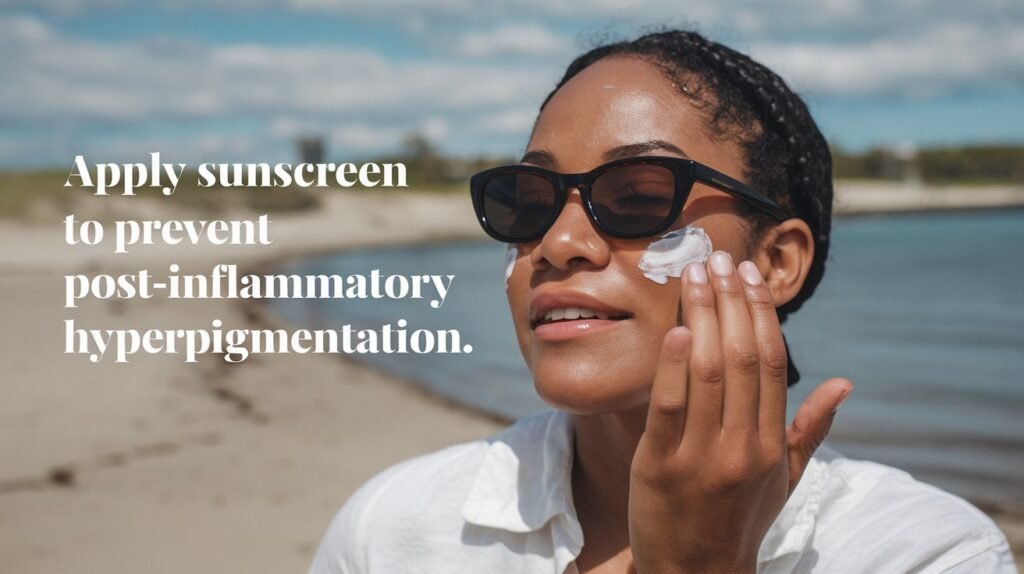
Did you know that sun exposure can worsen hyperpigmentation? Protecting your skin from harmful UV rays is one of the most effective ways to prevent PIH. Here’s how:
- Use Sunscreen Daily: Apply a broad-spectrum sunscreen with an SPF of at least 30 every day, even on cloudy days. This helps shield your skin from UV damage.
- Reapply Regularly: If you’re outdoors, remember to reapply sunscreen every two hours, or more often if you’re swimming or sweating.
- Seek Shade: Whenever possible, stay in the shade during peak sun hours (10 AM to 4 PM) to minimize direct exposure.
3. Adopt a Gentle Skincare Routine
Your skincare routine plays a significant role in preventing PIH. Here are some gentle practices to consider:
- Choose Non-Irritating Products: Opt for products labeled as hypoallergenic and non-comedogenic. Avoid those with harsh ingredients that can irritate your skin.
- Incorporate Antioxidants: Ingredients like vitamin C and niacinamide can help brighten the skin and reduce the appearance of dark spots over time.
- Be Cautious with Exfoliation: While exfoliating can be beneficial, overdoing it can lead to irritation and inflammation. Stick to gentle exfoliants and limit use to 1-2 times a week.
4. Maintain a Healthy Lifestyle
Believe it or not, your lifestyle choices can impact your skin health! Here are some habits that promote overall well-being and may help prevent PIH:
- Stay Hydrated: Drinking plenty of water helps keep your skin hydrated from within, supporting its natural healing processes.
- Eat a Balanced Diet: Incorporate fruits and vegetables rich in antioxidants, such as berries, leafy greens, and nuts. These nutrients can help combat inflammation and promote healthy skin.
- Manage Stress: High-stress levels can lead to skin flare-ups. Engage in stress-reducing activities like yoga, meditation, or simply taking time for yourself.
5. Consult a Dermatologist
If you have a history of acne or other inflammatory conditions, consider consulting a dermatologist for personalized advice on prevention strategies tailored to your skin type. They can recommend treatments or products that may be particularly effective for you.
In our next section, we’ll dive into treatment options available for those who may already be dealing with this common concern!
Treatment Options for Post-Inflammatory Hyperpigmentation
If you’re already dealing with post-inflammatory hyperpigmentation (PIH), you might be wondering what options are available to help reduce the appearance of those stubborn dark spots. Fortunately, there are several effective treatments that can assist in fading PIH and restoring your skin’s natural glow. Let’s explore some of the most popular treatment options, both topical and professional, that can make a difference.

1. Topical Treatments
Topical treatments are often the first line of defense against PIH. Here are some effective ingredients to look for in your skincare products:
- Hydroquinone: This powerful skin-lightening agent works by inhibiting melanin production. It’s often recommended for treating hyperpigmentation, but it should be used under the guidance of a dermatologist to avoid potential side effects.
- Retinoids: Retinoids, including retinol and tretinoin, promote cell turnover and can help fade dark spots over time. They also improve overall skin texture, making them a great addition to your skincare routine.
- Vitamin C: Known for its brightening properties, vitamin C is an antioxidant that helps reduce the appearance of dark spots while protecting your skin from environmental damage.
- Niacinamide: This multitasking ingredient not only helps brighten skin but also improves its barrier function and reduces inflammation, making it ideal for those with sensitive skin.
- Azelaic Acid: This lesser-known gem is effective in treating both acne and hyperpigmentation. It works by inhibiting melanin production and has anti-inflammatory properties.
2. Professional Treatments
If topical treatments aren’t providing the results you desire, consider exploring professional options. Here are some popular treatments performed by dermatologists:
- Chemical Peels: Chemical peels involve applying a solution to exfoliate the top layers of skin, promoting new cell growth and reducing hyperpigmentation. Depending on your skin type and the severity of PIH, a dermatologist can recommend a suitable peel strength.
- Laser Therapy: Laser treatments target specific areas of pigmentation without damaging surrounding skin. Options like fractional laser therapy or intense pulsed light (IPL) can effectively reduce PIH by breaking down excess melanin.
- Microneedling: This minimally invasive procedure uses tiny needles to create micro-injuries in the skin, stimulating collagen production and enhancing product absorption. Microneedling can improve skin texture and reduce the appearance of dark spots over time.
- Dermabrasion: This technique involves exfoliating the top layers of skin using a rotating brush or device. It can be effective for deeper pigmentation but may require downtime for recovery.
3. Combination Therapies
Sometimes, combining different treatments yields the best results. For instance, using topical agents alongside professional procedures can enhance their effectiveness. Your dermatologist can help design a customized treatment plan that addresses your specific needs and goals.
4. Managing Expectations
It’s important to have realistic expectations when it comes to treating post-inflammatory hyperpigmentation. Results may take time—often several weeks or even months—before you see significant improvement. Consistency is key! Stick to your treatment regimen and be patient as your skin heals.
In our next section, we’ll discuss how to manage expectations and outcomes as you embark on your journey toward clearer, healthier skin!
Managing Expectations and Outcomes
When it comes to treating post-inflammatory hyperpigmentation (PIH), managing your expectations is crucial. While there are effective treatments available, understanding what to anticipate can help you stay motivated and committed to your skincare journey. Let’s explore how to set realistic goals and what outcomes you can expect as you work toward clearer skin.
Understanding the Timeline for Improvement
One of the most common questions people have is, “How long will it take to see results?” The truth is, the timeline for improvement can vary significantly based on several factors:
- Severity of Hyperpigmentation: If your PIH is mild, you may notice improvements within a few weeks of starting treatment. However, more severe cases can take several months to show significant changes.
- Type of Treatment: Different treatments have different timelines. For example:
- Topical treatments like hydroquinone or retinoids may take 4-12 weeks to show noticeable results.
- Professional treatments, such as chemical peels or laser therapy, might provide quicker results, but multiple sessions may be necessary for optimal outcomes.
3. Skin Type and Individual Response: Everyone’s skin is unique, and factors like skin type, age, and overall health can influence how quickly you respond to treatment. Be patient and give your skin the time it needs to heal.
Setting Realistic Goals
While it’s natural to want immediate results, setting realistic goals will help you maintain a positive mindset throughout your treatment process. Here are some tips for establishing achievable objectives:
- Focus on Progress, Not Perfection: Instead of aiming for completely flawless skin overnight, celebrate small victories along the way. Notice improvements in texture or fading of spots over time.
- Keep a Journal: Document your skincare routine and track any changes in your skin. This can help you see progress that might not be immediately visible.
- Consult Your Dermatologist: Regular check-ins with your dermatologist can help you adjust your treatment plan as needed and keep you informed about what to expect at each stage of the process.
Importance of Consistency
Consistency is key when it comes to treating PIH. Here are some strategies to ensure you stay on track:
- Stick to Your Routine: Follow your skincare regimen diligently, even when results seem slow. Skipping treatments or products can hinder progress.
- Be Mindful of Sun Protection: Remember that sun exposure can worsen hyperpigmentation. Make sunscreen a non-negotiable part of your daily routine, regardless of the weather.
- Avoid Harsh Treatments: While it might be tempting to try multiple treatments at once, this can lead to irritation and setbacks. Focus on a few effective options and give them time to work.
What Happens After Treatment?
Once you start seeing improvements in your skin, it’s essential to maintain those results. Here are some tips for ongoing care:
- Continue Using Sunscreen: Protecting your skin from UV rays is crucial even after achieving desired results. This helps prevent new spots from forming.
- Maintain a Healthy Skincare Routine: Keep using gentle products that support skin health and prevent future breakouts or inflammation.
- Consider Ongoing Treatments: Depending on your skin’s needs, you may want to incorporate maintenance treatments or periodic professional procedures to keep hyperpigmentation at bay.
In our next section, we’ll wrap up our discussion with final thoughts and encouragement for those dealing with PIH.
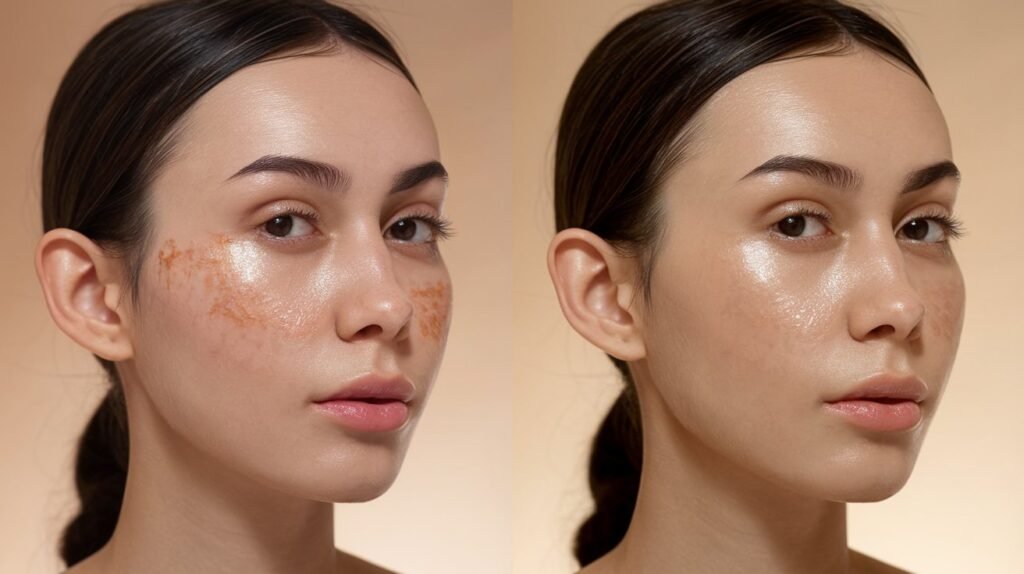
Conclusion: Final Thoughts About Post-Inflammatory Hyperpigmentation
As we wrap up our exploration of post-inflammatory hyperpigmentation (PIH), it’s essential to reflect on the journey we’ve taken together. From understanding what PIH is and who it affects to discussing effective prevention strategies and treatment options, you now have a comprehensive toolkit to help you manage this common skin concern. But let’s take a moment to consider: how can you apply this knowledge to your own skincare routine?
First and foremost, remember that you’re not alone in this experience. Many individuals face the challenges of PIH, particularly after dealing with acne or other inflammatory conditions. By acknowledging the emotional impact of these dark spots, you can begin to cultivate a more compassionate relationship with your skin. Have you thought about how your mindset influences your skincare journey? Embracing patience and self-care can make a world of difference.
The key takeaway here is that effective management of post-inflammatory hyperpigmentation is within your reach. Whether you choose topical treatments like hydroquinone and retinoids, explore professional options such as chemical peels or laser therapy, or implement preventive measures like diligent sun protection, each step brings you closer to achieving clearer skin.
As you embark on this journey, keep in mind that consistency is vital. Establishing a skincare routine that works for you—and sticking to it—will help you see the results you desire over time. And don’t hesitate to consult with a dermatologist; their expertise can guide you in tailoring a plan that best suits your unique skin type and concerns.
So, what’s next for you? Take the insights from this blog and create an action plan tailored to your needs. Whether it’s committing to daily sunscreen use or starting a new topical treatment, every small step counts toward healthier skin. Remember, the road to clear skin may have its ups and downs, but with determination and the right strategies in place, you can navigate it successfully.
Thank you for joining me on this journey through post-inflammatory hyperpigmentation. I hope you feel empowered and equipped with the knowledge to tackle PIH head-on. Here’s to embracing your skin’s natural beauty and finding joy in the process of healing!
References
Postinflammatory Hyperpigmentation: A Review of the Epidemiology, Clinical Features, and Treatment Options in Skin of Color: https://jcadonline.com/postinflammatory-hyperpigmentation-a-review-of-the-epidemiology-clinical-features-and-treatment-options-in-skin-of-color/
Postinflammatory Hyperpigmentation: A Comprehensive Overview: https://www.jaad.org/article/S0190-9622(17)30129-9/pdf


